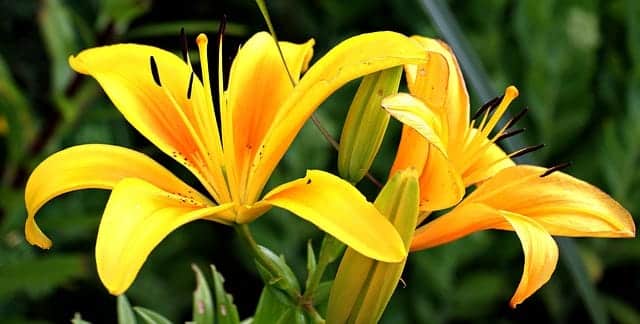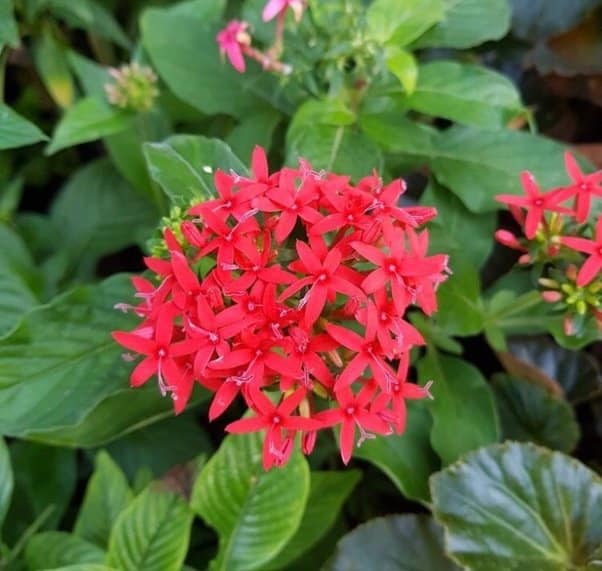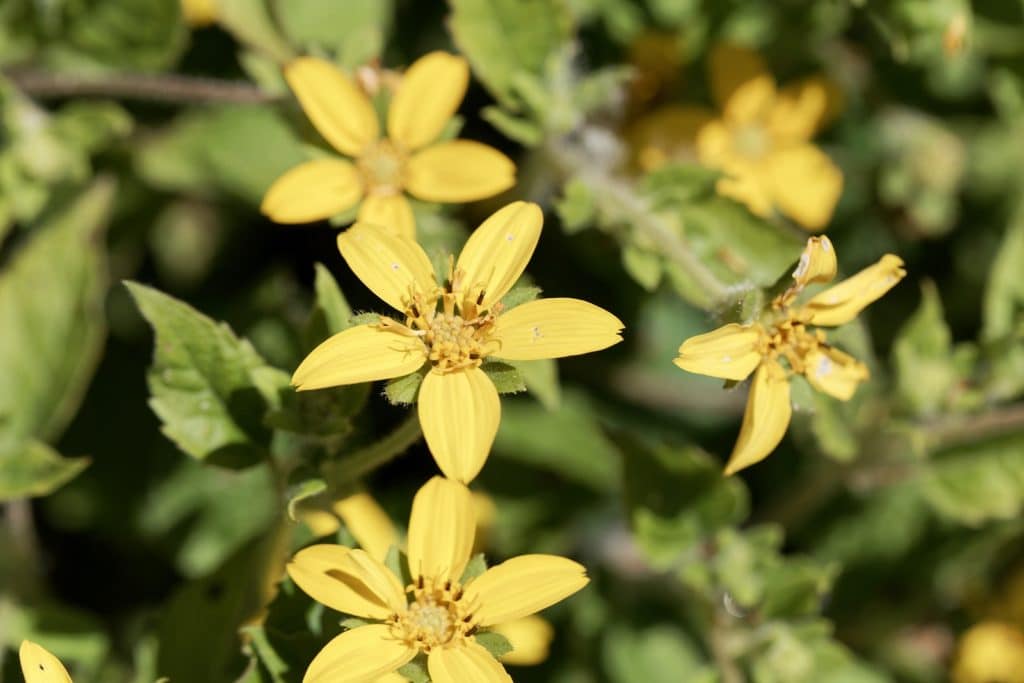How to Plant and Maintain Azucena Flowers for a Beautiful Garden
The Azucena flower, also known as the Madonna Lily (Lilium candidum), is renowned for its pure white, trumpet-shaped blooms and delightful fragrance. Cultivating these flowers can bring both elegance and a sense of serenity to your garden. Here are some trends and ideas for planting and maintaining Azucena flowers in 2024.
Selecting the Right Location
Azucena flowers thrive in well-draining soil and prefer locations that receive full sun to partial shade. Ideally, choose a spot that gets at least 6 hours of sunlight daily. This will ensure healthy growth and vibrant blooms. In regions with hot climates, providing some afternoon shade can help protect the plants from intense heat.
Soil Preparation
Azucena flowers prefer slightly acidic to neutral soil (pH 6.0-7.0). Before planting, enrich the soil with organic matter such as compost or well-rotted manure to improve drainage and nutrient content. Raised beds can be beneficial if your garden soil tends to retain water.
Planting Azucena Bulbs
Planting should be done in late fall to allow the bulbs to establish roots before winter. Dig holes about 4-6 inches deep and space the bulbs 6-8 inches apart, with the pointed end facing upwards. Cover the bulbs with soil and water thoroughly to settle them in place.
Watering and Mulching
Azucena flowers require consistent moisture, especially during the growing season. Water the plants regularly to keep the soil evenly moist but avoid waterlogging, which can lead to bulb rot. Applying a layer of mulch around the plants helps retain soil moisture, suppress weeds, and provide insulation against temperature fluctuations.
Fertilization
Fertilize the Azucena flowers with a balanced, slow-release fertilizer in early spring as new growth emerges. An 8-8-8 (N-P-K) formula is ideal. Follow up with a second application during mid-summer to support continued blooming. Always follow the manufacturer’s instructions for the correct dosage.
Pruning and Deadheading
Regularly remove spent flowers to encourage the plant to produce more blooms. Deadheading prevents the plant from directing energy into seed production, allowing it to focus on root and flower development. At the end of the blooming season, cut back the foliage only after it has turned yellow, as this helps store energy in the bulbs for the next growing season.
Pest and Disease Management
Azucena flowers can be susceptible to pests like aphids, spider mites, and lily beetles. Regularly inspect your plants and use appropriate organic or chemical controls if infestations occur. Ensure good air circulation around the plants to reduce the risk of fungal diseases such as botrytis.
Winter Care
In colder climates, provide additional protection to your Azucena bulbs during winter. Mulching with a thicker layer of straw or leaves can help insulate the bulbs from freezing temperatures. In extremely cold areas, consider digging up the bulbs and storing them in a cool, dry place until spring.
Trends and Ideas for 2024
Sustainable Gardening: Emphasize sustainability by using organic fertilizers and pest control methods. Composting kitchen waste and using rainwater for irrigation are excellent practices.
Companion Planting: Pair Azucena flowers with other pollinator-friendly plants like lavender, echinacea, and salvia to attract bees and butterflies, enhancing the biodiversity of your garden.
Container Gardening: For those with limited space, growing Azucena flowers in containers can be a stylish and practical solution. Ensure the containers have good drainage and use high-quality potting mix.
Garden Design: Incorporate Azucena flowers into various garden styles. Their elegant white blooms complement formal garden designs, while their natural grace fits well in cottage and wildlife gardens.














